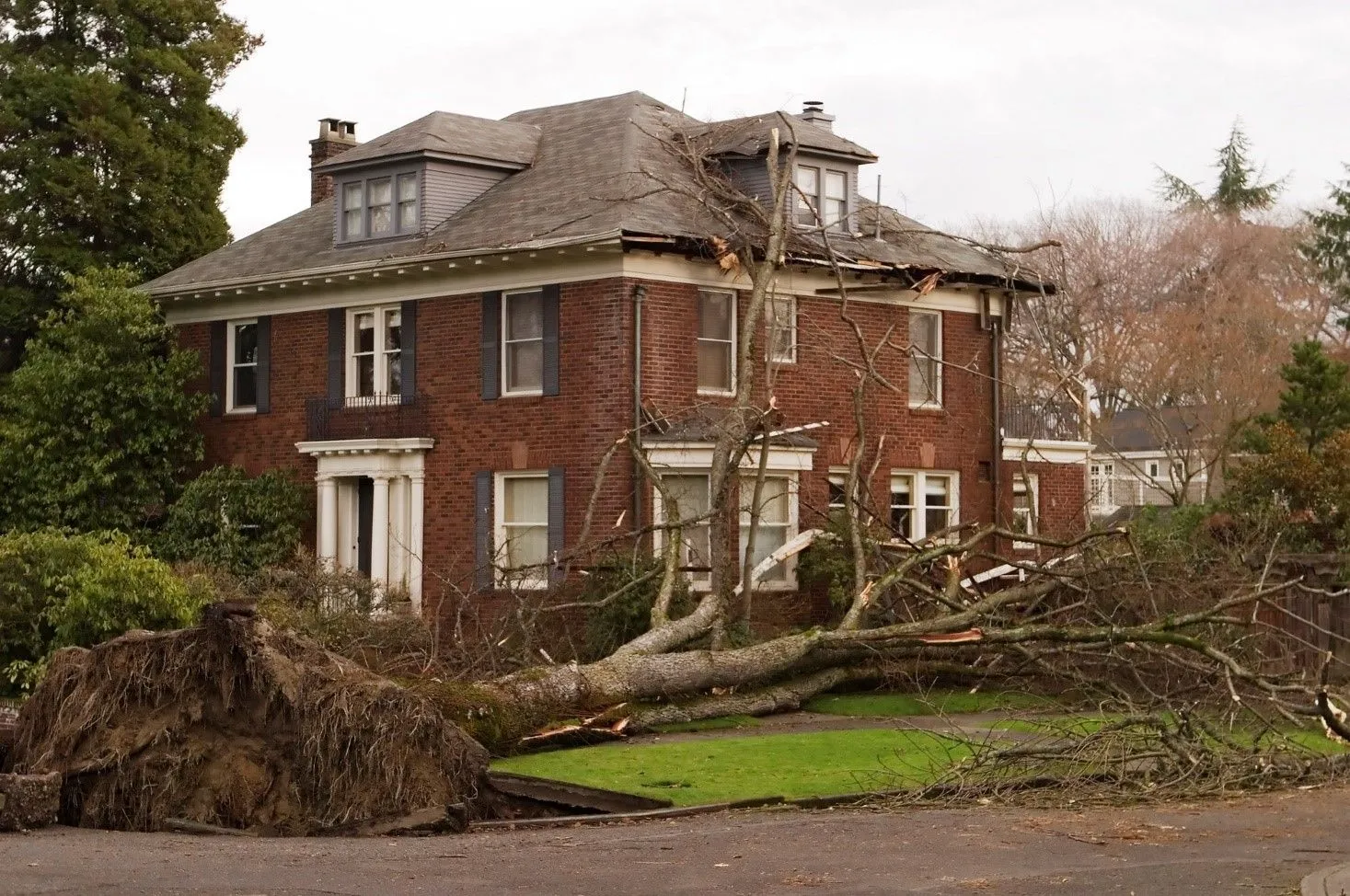Trees are beautiful, but sometimes cutting them down is necessary for safety. However, you must know the right time to remove a tree. Here are signs that you need to remove your tree.
Signs of Dying or Decay
A tree displaying signs of dying or decay can exhibit various indications. Dropping branches, especially larger ones, suggests a more serious issue. Dying trees shed branches due to drying out and rotting, which weakens them.
However, note that not all trees losing large limbs are dying, as some may recover with proper care. The presence of mushrooms and fungi, as well as nesting animals like woodpeckers, indicate a tree’s decline.
Additionally, peeling bark or numerous cracks in the trunk may signify either decline or a need for more nutrients. A professional inspection is crucial for accurate assessment.
Root Decay
One major cause of root decay is soil compaction, where excessive pressure on the soil restricts oxygen flow to the roots, leading to their decay. Poor drainage exacerbates the issue by causing waterlogging, suffocating the roots. Physical damage from construction work or gardening equipment can also compromise root health.
Reduced foliage density, wilting leaves, and stunted growth indicate a weakening root system. Affected trees may exhibit premature leaf drop or develop sparse canopies. In addition, the presence of fungal growth near the tree’s base, root rot odor, or the appearance of dead branches are clear indications of root decay.
Not Producing Any New Leaves
The inability to generate fresh foliage suggests a significant decline in the tree’s overall health and vitality. Without new leaves, the tree is unable to carry out essential functions such as photosynthesis, which is vital for its survival. The absence of new growth can also signify the presence of diseases, pests, or structural issues within the tree.
By not producing new leaves, the tree showcases its inability to rejuvenate and sustain its own well-being. Consequently, you must remove the tree to prevent any potential hazards or further decline that could compromise the safety and aesthetics of nearby trees.
Considerable Storm Damage
Storms can damage trees in your home by subjecting them to powerful forces. High winds whip through the area, violently shaking the branches and trunk of the tree. These gusts can snap branches or even uproot the entire tree, causing it to fall.
The intense rain from such a storm saturates the soil, making it soft and unstable. As a result, the weakened roots may lose their grip on the loosened soil, leading to trees toppling over. Additionally, lightning strikes directly threaten trees, as they can ignite a fire or cause severe damage to the tree’s structure.
Storms can also deposit heavy debris, such as fallen branches or other objects, onto trees. The weight of this debris can break branches or cause significant damage to the tree’s canopy.
Close Proximity to Your Home
Close proximity between trees and your house can pose a significant safety risk. During storms or high winds, branches or entire trees may fall, potentially causing severe damage to your property or endangering the occupants. By removing these trees, you ensure the safety of your home and the people within it.
Furthermore, removing trees that are too close to your house allows for better maintenance and upkeep. The branches and leaves of these trees can accumulate on your roof, clog gutters, and even damage the structure over time. By eliminating them, you mitigate the potential for costly repairs and maintenance in the future, ensuring your home remains in good condition.
At CM Precision Tree and Landscape Maintenance Inc, our skilled team of arborists, climbers, and tree trimmers prioritize safety. We offer dependable and high-quality tree services for residential and commercial properties, including stump removal and emergency tree removal. Contact us to begin.






